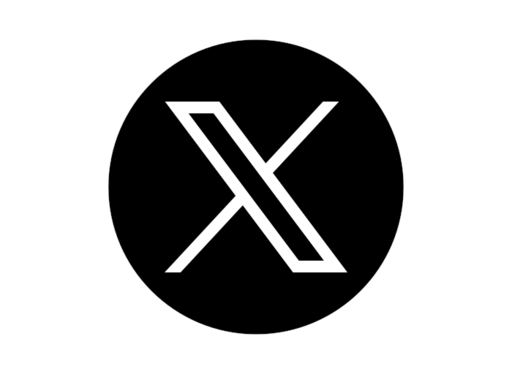0 x item(s)
IZA Cargowaggon Twin Van OO Gauge
This model has been produced in collaboration with Revolution Trains, building on the success of their N Gauge model.

Click here for details of the models produced.
March 2025 - NOW SOLD OUT
The Prototype
The first 100 of these twin two-axle vans were introduced during 1986/87, being constructed by Duwag at its Krefeld plant in West Germany for wagon leasing company Cargowaggon. From the outset, they were designed for traffic between the UK and the continent via the Dover train ferry and, later, the Channel Tunnel. Featuring four sliding wall doors per side, this gave complete access to the floor to allow forklift trucks to load and unload palletised goods. The vast majority remain in service. 100 twin sets coded IZA under TOPS, under the continental UIC system they were initially designated Habbfis, though this was later changed to Hfirrs 3. Their success led to further builds of 50 pairs each in 1989 and 1991.
The unusual twin-wagon configuration had not been seen in the UK before, this essentially being two single vans semi-permanently coupled together without conventional drawgear between them. Treated and numbered as one wagon, the brake gear was shared between the two elements with one having much of the air brake equipment while the other was fitted with the handbrake. In design terms, the relatively short wheelbase of each half allowed them to be sized to make the best use of the UK’s restrictive loading gauge, while being classified as four-axle vehicles delivered advantageous shipping tariffs compared to a pair of normal two-axle vans. There was also a payload advantage as two-axle vehicles allowed a higher axle loading so a twin-set could carry a maximum of 62 tonnes, which was ten tonnes more than a conventional Cargowaggon bogie ferry van, albeit with a length increase of just over five metres.
Upon delivery, the 100 vans were numbered in the international series as 23 80 2794 000-099 and assigned the TOPS code of IPA. Most were delivered in the standard Cargowaggon livery of unpainted stainless steel doors with blue ends and underframe along with the large yellow-backed company logos. This has remained the over-riding colour scheme ever since, albeit buried under layers of track dirt, turning them brown. This is occasionally fully stripped away using specialist cleaning methods, revealing typically bleached out logos and the bare metal for a time. More frequent is the cleaning of the various data and instruction panels, often leading to a patchwork appearance. This is also done when the information needs to be updated, such as when the Channel Tunnel-approved logos and pictorial door warnings began to appear in 1993/94.
Amongst the initial wagons, a handful were delivered with Perrier and Isis Group logos applied in place of the Cargowaggon legends, this being to mark a flow of mineral water from Vergeze in France to the Isis distribution depot at Barking in East London. These specially branded twin-sets have wandered far and wide on different traffics over the years with the logos remaining firmly in place.
With the twin-sets proving a success, two further batches followed to a slightly amended design in 1989 and 1991. Tweaks to the dimensions of the bodywork allowed the loading area to be increased slightly, delivering an increase in capacity of 500kg, while externally the angled ‘roof’ section of the doors became completely smooth in appearance rather than the ribbed look of the original wagons. Those delivered in 1989 were numbered 23 80 2793 100-149 with 150-199 following two years later. By 1990, the initial 100 twin-sets had been renumbered in the same series as 23 80 2793 000-099 and were now assigned the familiar IZA TOPS code like the others. At the turn of the century, all 200 IZAs were renumbered en masse, becoming 23 80 2929 000-199, which are the numbers they retain to this day.
For completeness, a further batch of 100 IZA twin-vans was built in 1999-2000 by Waggon Union for GE Rail Services, the leasing company having acquired Cargowaggon in 1998 and merged it with Tiphook Rail. These are of a more modern rounded design, featuring one-piece roof and door hoods that slide open for loading. Today numbered 23 80 2829 200-299, they remain in use and frequently intermingle with the older IZAs, all now coming under the ownership of leasing company Touax.
Working through from the continent, the goods carried by the IZAs over the years have been as diverse as the destinations across the UK. Those of a wagonload nature have commonly included chipboard along with household white goods, whisky and detergents while mineral water has long been a bulk trainload movement. The latter has previously included workings to the Tibbett & Britten terminal at Neasden in North London and continues to this day with trains through the Channel Tunnel to Dollands Moor and then on to Daventry for distribution to the supermarket chains. This working sees numerous IZAs mixed in with bogie vans and is powered by DB traction, typically a Class 66 nowadays but previous years have seen Class 90s and Class 92s used along with the odd Class 67. Between 2002-06, short rakes of mixed vans including IZAs worked to Birch Coppice with automotive spares from Germany on behalf of Volkswagen, these wagons having been detached from a trunk service at Bescot and tripped across by a variety of EWS power.
The IZAs have also seen use on many purely domestic workings over the years, some of the most noteworthy bulk traffics including distributing Guinness from Park Royal in West London, transferring Rover car components between Swindon and Longbridge, and moving newsprint from Immingham and Felixstowe to terminals across the UK. Run on behalf of Stora, the large paper rolls were taken to Ripple Lane, Selby, Knowsley (Merseyside), Deanside Transit at Glasgow and Avonmouth. A short-lived bulk train in 2010 using DRS traction was imported wood pulp from Sheerness to Blackburn. Other traffics during the BR era were pet food from Wisbech to Glasgow and, using the Speedlink wagonload network, light fittings from Fitzgerald Lighting at Bodmin and Taunton Cider products from Norton Fitzwarren. Speedlink also conveyed IZAs loaded with bagged cement out of Cornwall, a traffic that could still be seen in the Transrail and early EWS years via the similar Enterprise network.
Of the liveries being offered on our exclusive OO gauge IZA models, the original scheme is most appropriate to the British Rail period while the revised Cargowaggon style features the additional warning labels added in the mid-1990s and carried throughout the privatisation era to date.
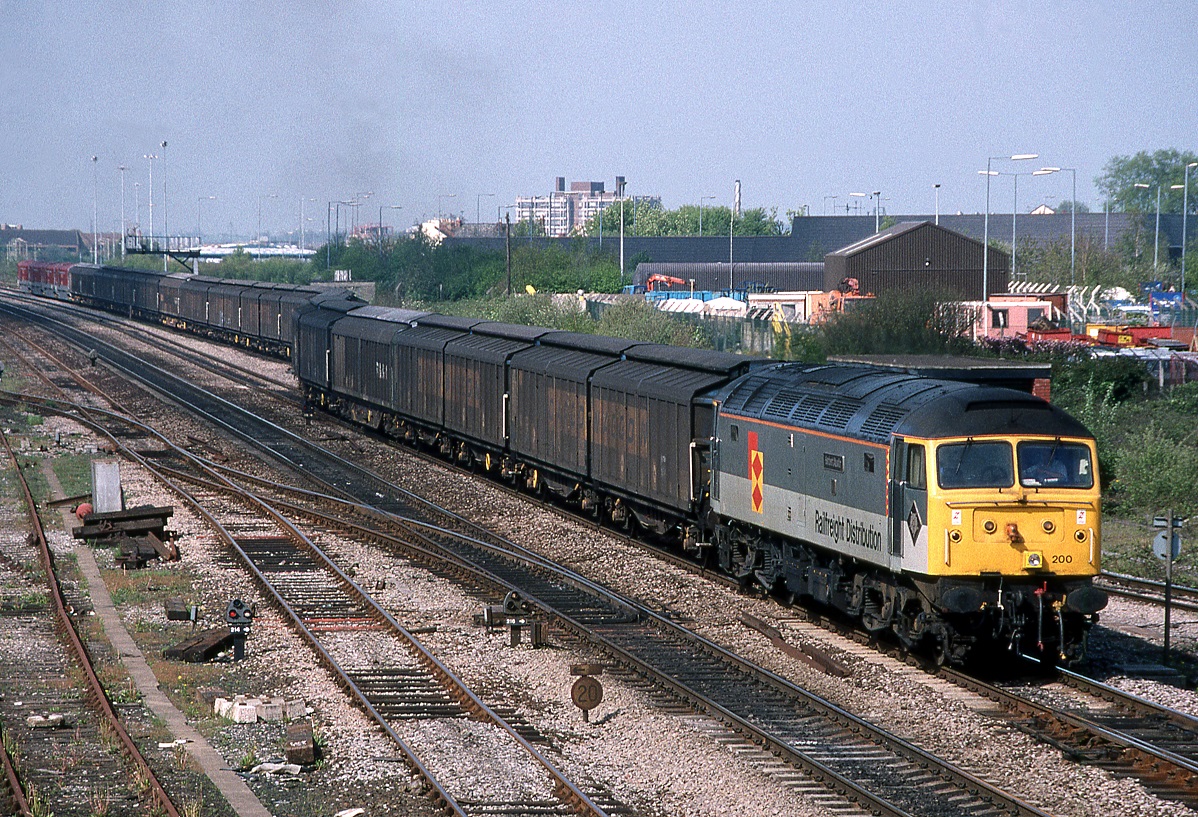
A long-standing bulk duty for the IZAs was to transfer car components between the Rover Group plants at Swindon and Longbridge, Birmingham. During May 1996, 47200 Herbert Austin was only a short way into its journey with the 6M03 Swindon-Longbridge, this being mostly formed of IZAs with a couple of IWA bogie vans also in the consist. However, bringing up the rear are four of the then new KSA ‘Rover cube’ wagons, which would soon completely replace the vans. (Simon Bendall Collection)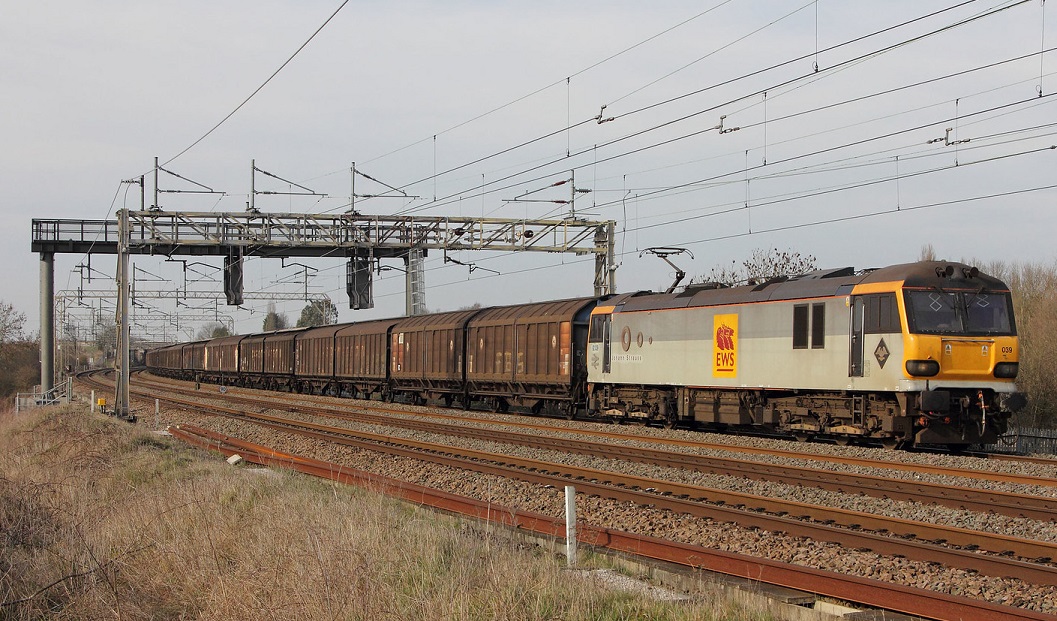
The mineral water traffic from France to the Daventry International Rail Freight Terminal has provided gainful employment for the IZAs for many years and still runs today. From a time when DB still used its Class 92s on domestic freight services, 92039 Johann Strauss hurries south with the 6O67 Daventry-Dollands Moor empties at Stoke Hammond on 8 March 2014. All three types of IZA twin-van can be seen directly behind the loco beginning with the rounder more recent design followed by one from the 1989/91 batch and then a 1986/87 original. (Andrew Chambers)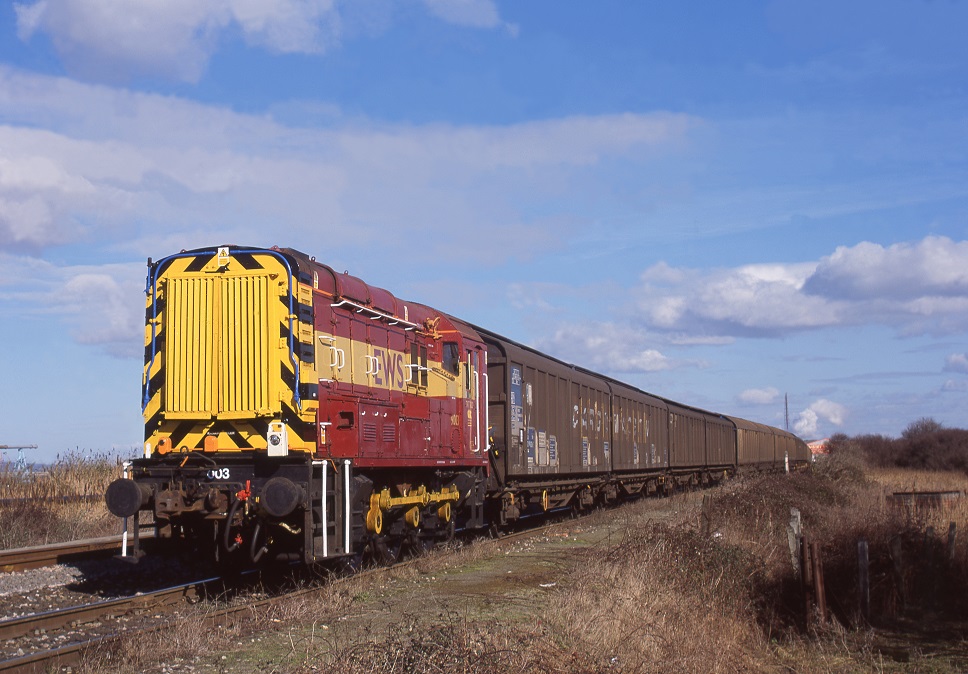
All text above was created by Simon Bendall on behalf of Kernow Model Rail Centre and is copyrighted. All images are copyright of the individuals or companies shown. Unauthorised use or reproduction of either the images or text in this article is strictly forbidden.

When introduced they were used on the Dover-Calais train ferries and they are certified for Channel Tunnel use. The primary traffic for these wagons from the continent is mineral water, however they are or have been used to transport a wide variety of goods within Britain including bagged clay, newsprint, whisky, beer, cider, pet-food and metal. They have been recorded across the network, from Cornwall to the north of Scotland, from Kent to South Wales, from East Anglia to the Midlands and North West, and to the south of France, the Netherlands and Germany.
They have been recorded across the network, from Cornwall to the north of Scotland, from Kent to South Wales, from East Anglia to the Midlands and North West, and to the south of France, the Netherlands and Germany.
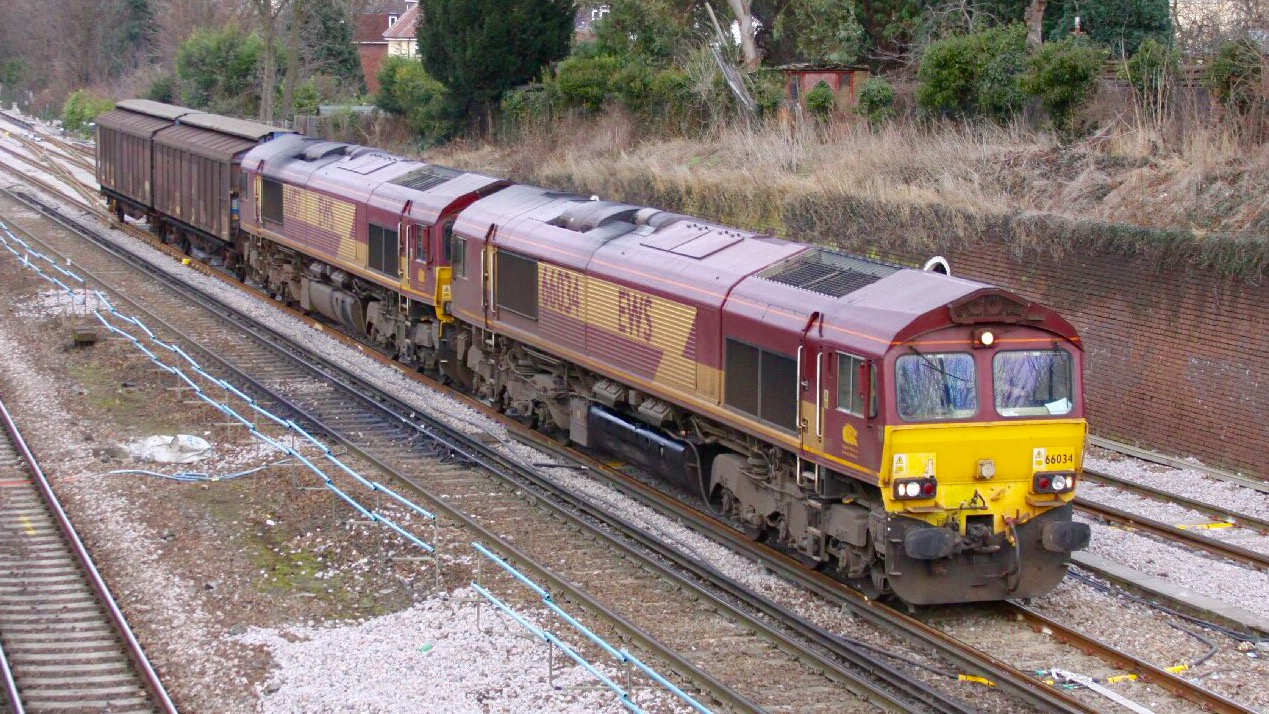
They can be seen both in block trains, or in smaller cuts in Enterprise (formerly Connectrail) wagonload trains, as well as MOD services.
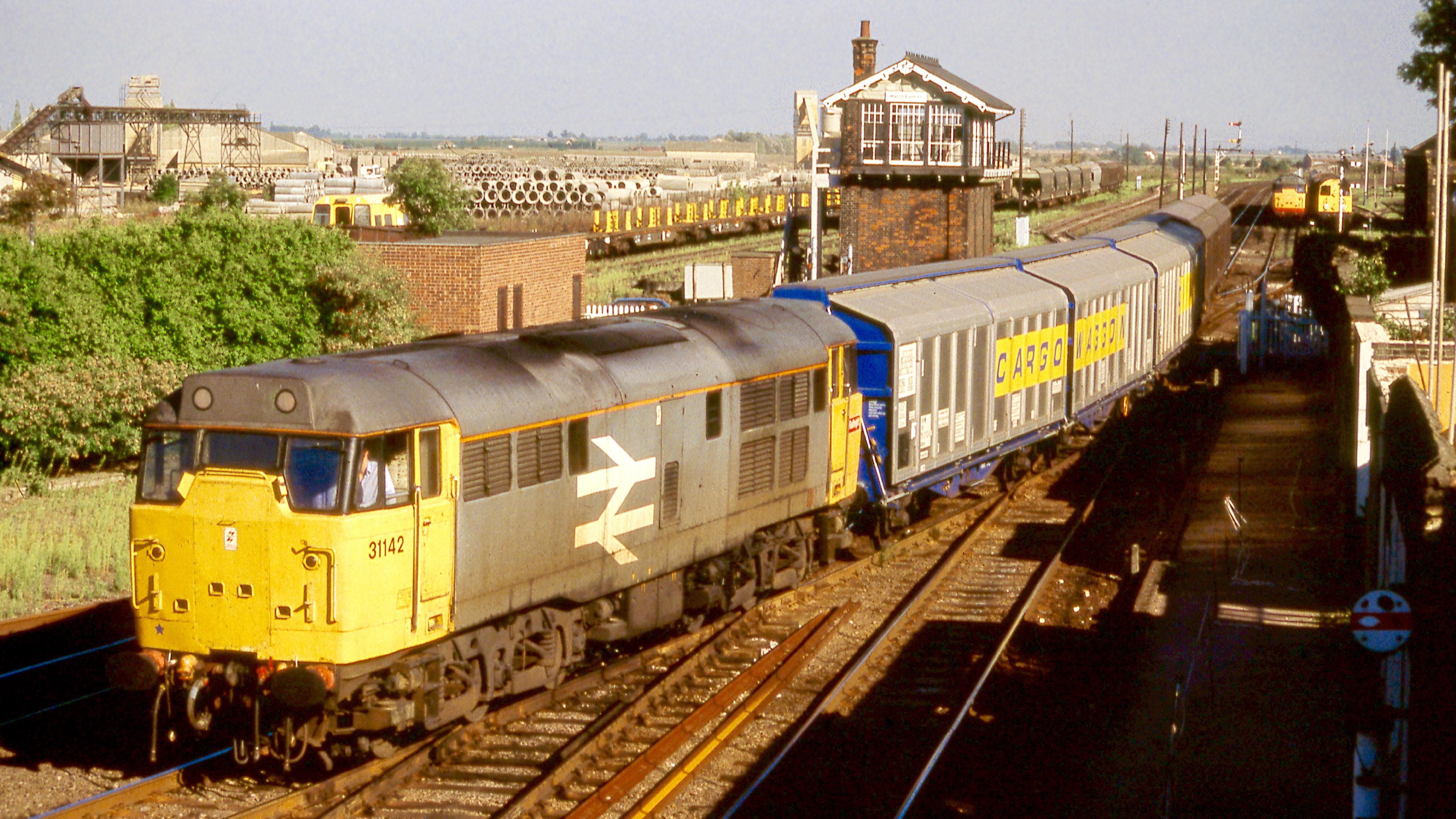
They were built in permanently coupled pairs to take advantage of European grants available at the time aimed at encouraging the use of wagons with 4 axles. The brake gear is such that the they cannot operate separately; if one derails then the pair must be taken out of service.

The Model
The models are available in two liveries and include a version fitted with a battery-operated flashing red tail lamp. The models feature NEM couplers mounted on kinematic mounts, RP25 profile wheels and high levels of detail including separately fitted brake parts and handrails.
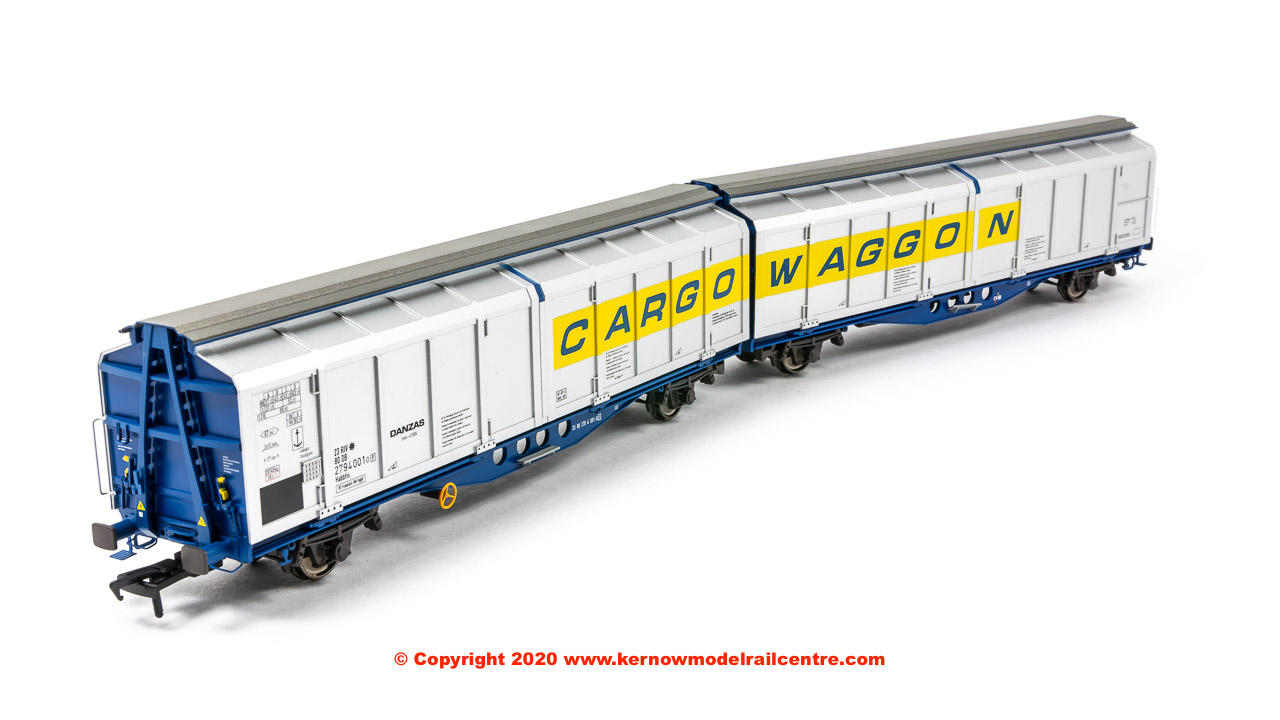 SB008A IZA Cargowaggon Original livery 2380 2794 001-0 SOLD OUT
SB008A IZA Cargowaggon Original livery 2380 2794 001-0 SOLD OUT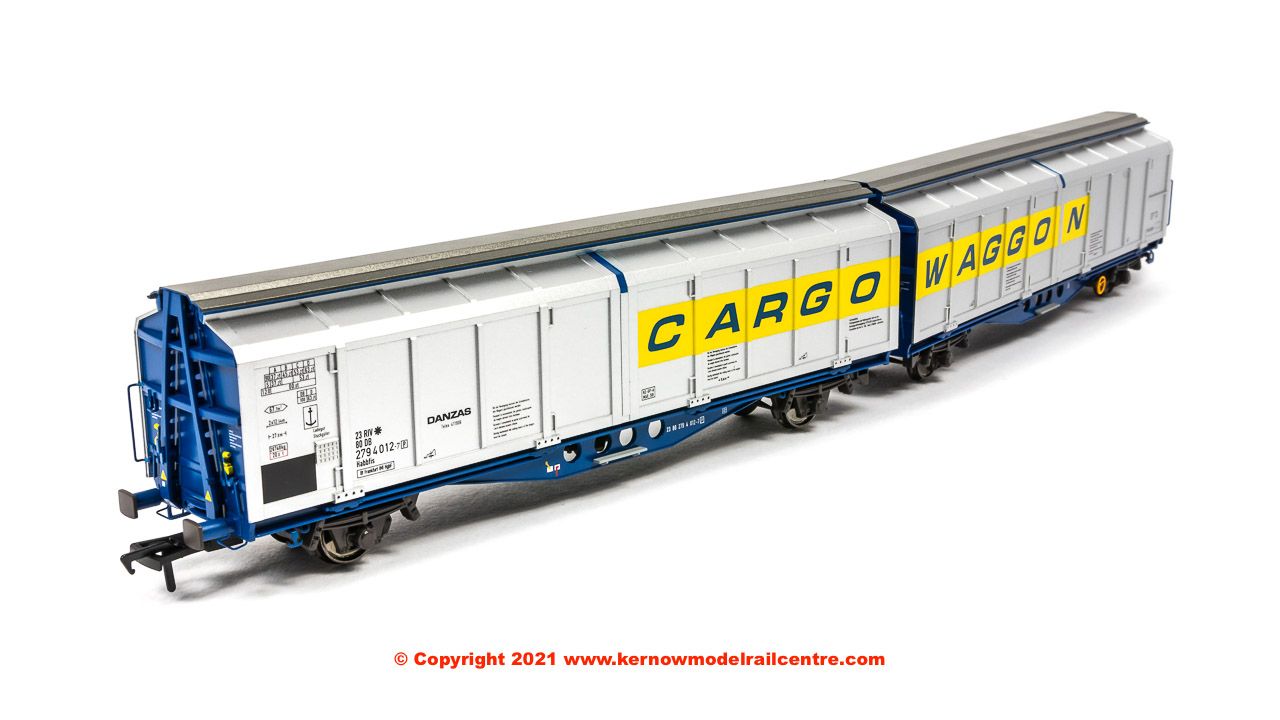 SB008B IZA Cargowaggon Original livery 2380 2794 012-7 SOLD OUT
SB008B IZA Cargowaggon Original livery 2380 2794 012-7 SOLD OUT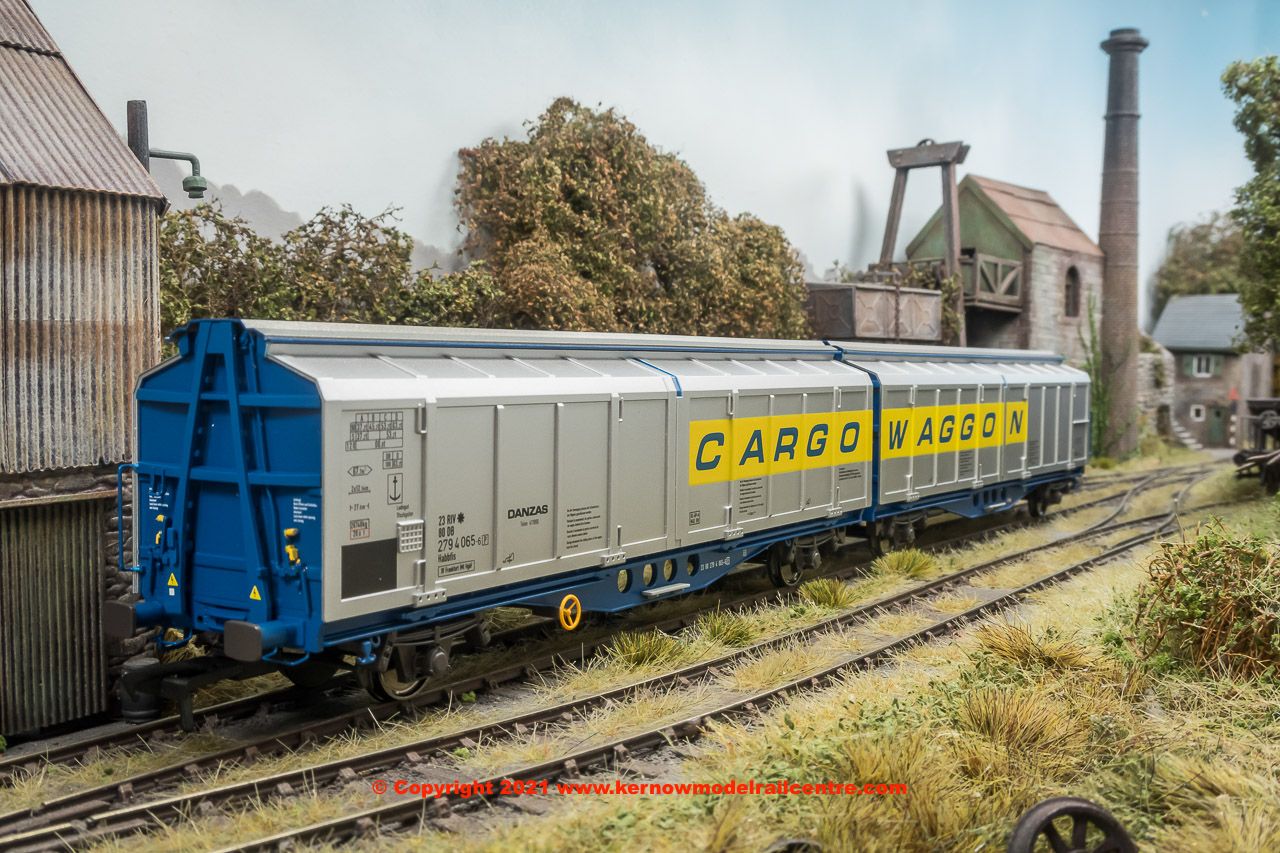 SB008C IZA Cargowaggon Original livery 2380 2794 065-6 SOLD OUT
SB008C IZA Cargowaggon Original livery 2380 2794 065-6 SOLD OUT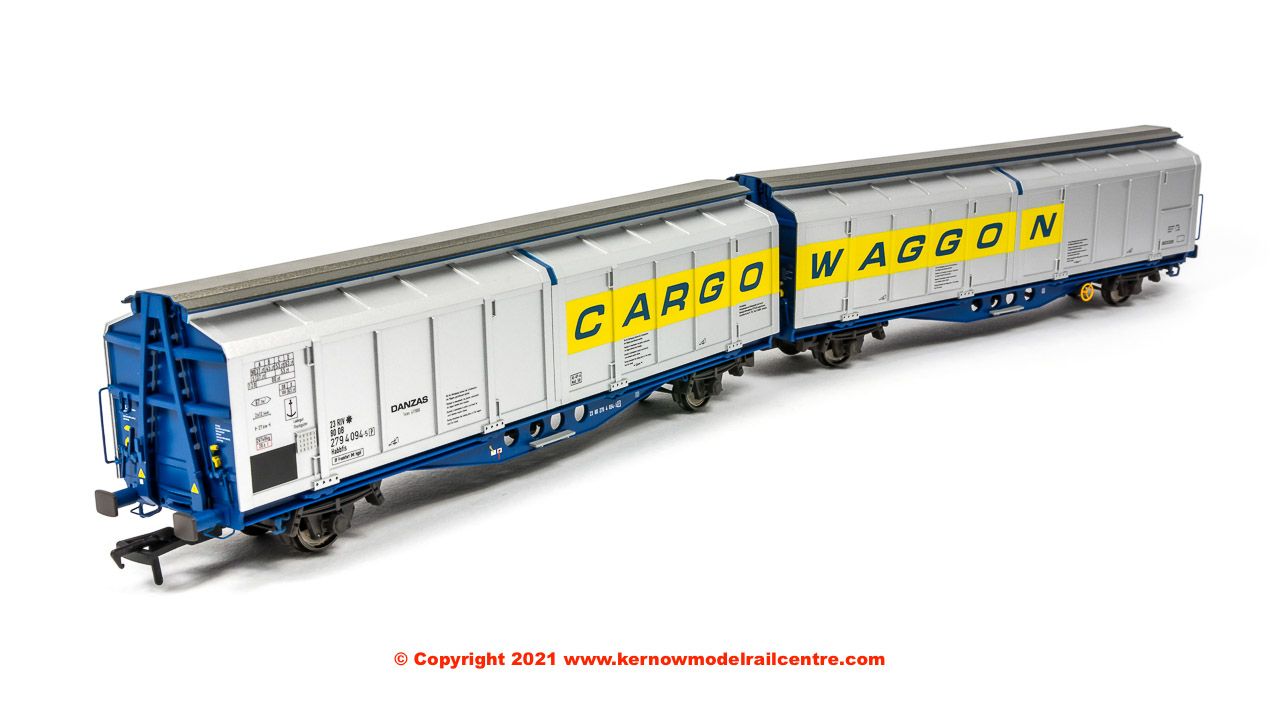 SB008D IZA Cargowaggon Original livery 2380 2794 094-5 SOLD OUT
SB008D IZA Cargowaggon Original livery 2380 2794 094-5 SOLD OUT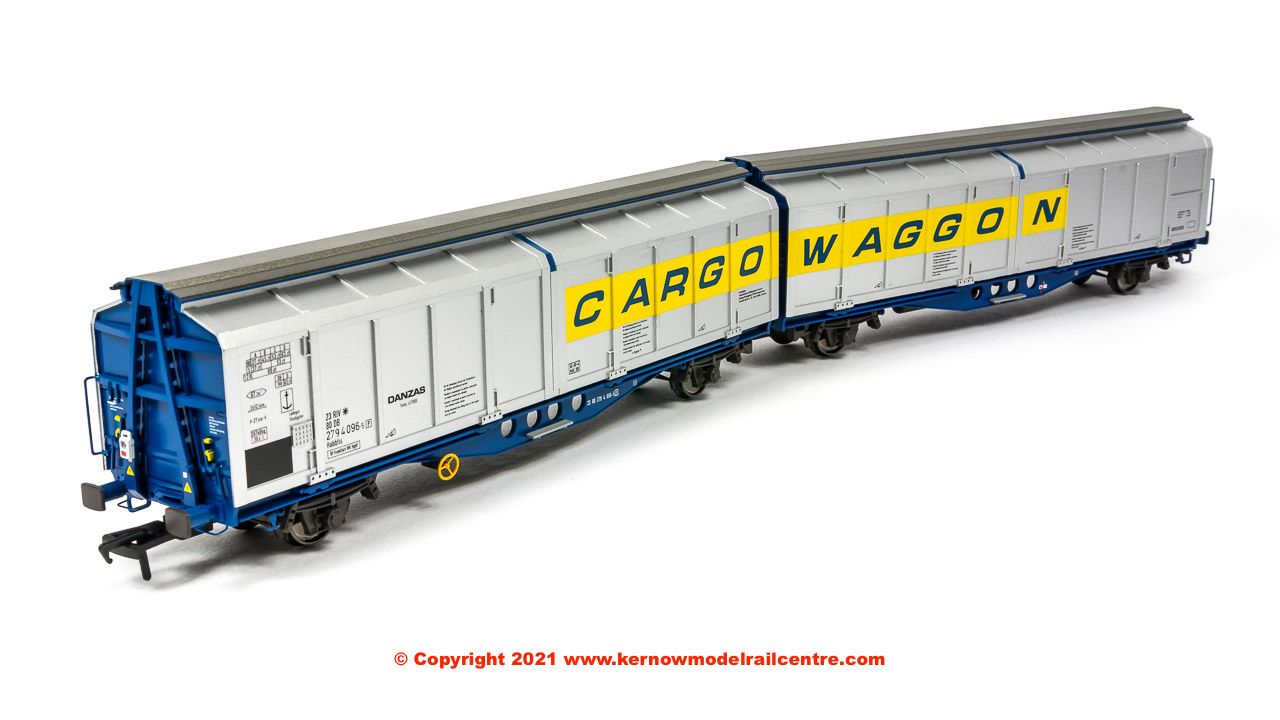 SB008E IZA Cargowaggon Original livery 2380 2794 096-5 with tail lamp SOLD OUT
SB008E IZA Cargowaggon Original livery 2380 2794 096-5 with tail lamp SOLD OUTRevised livery Cargowaggon - from 1998 with warning logos added.
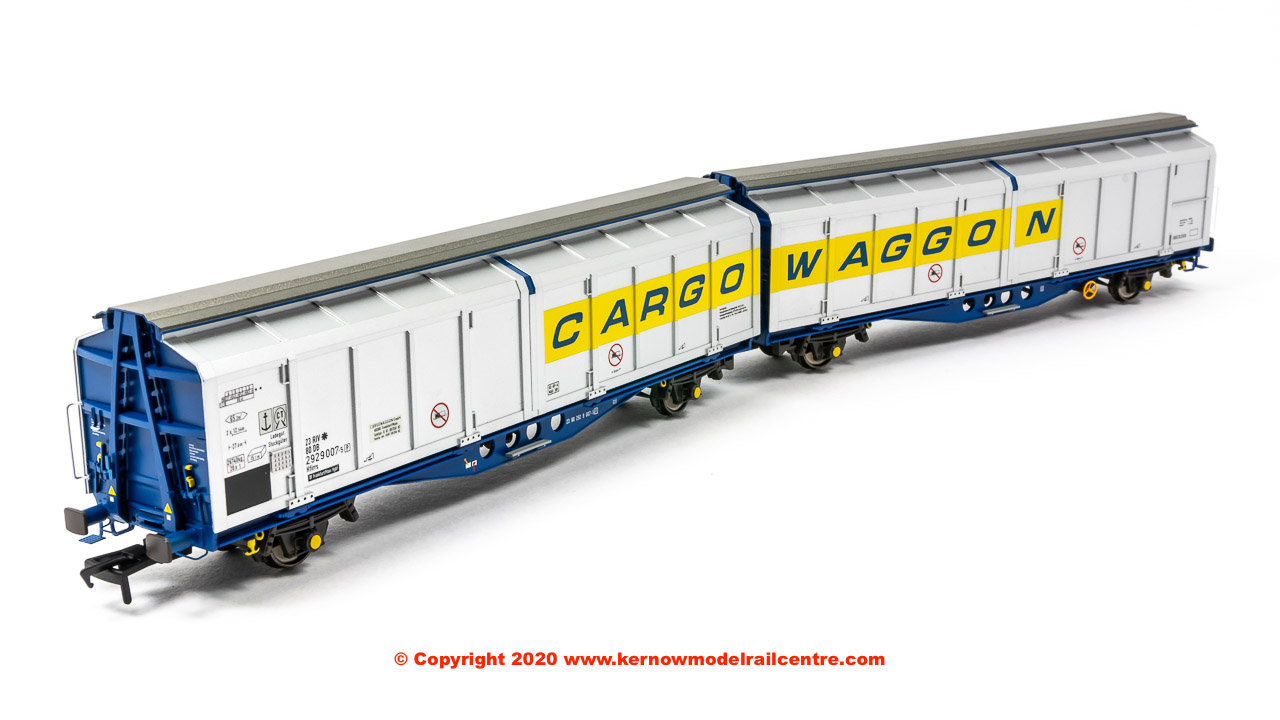 SB008G IZA Cargowaggon Revised livery 2380 2929 007-5 SOLD OUT
SB008G IZA Cargowaggon Revised livery 2380 2929 007-5 SOLD OUT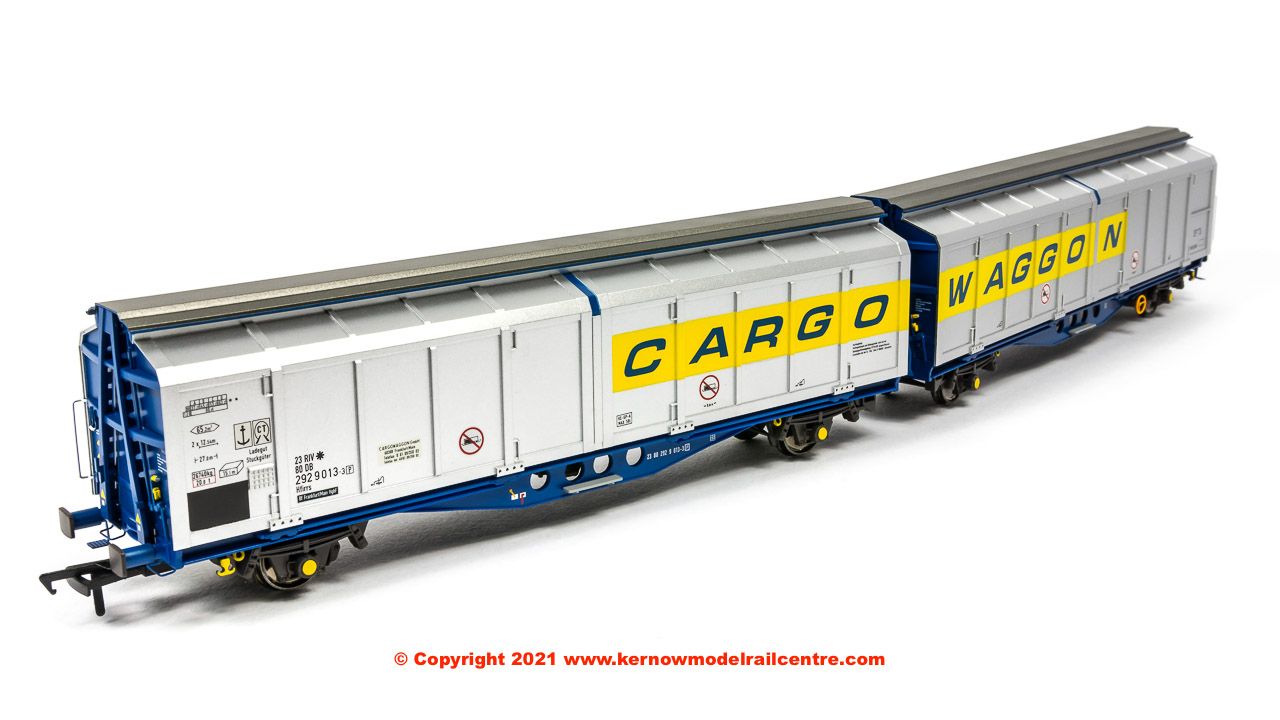 SB008H IZA Cargowaggon Revised livery 2380 2929 013-3 SOLD OUT
SB008H IZA Cargowaggon Revised livery 2380 2929 013-3 SOLD OUT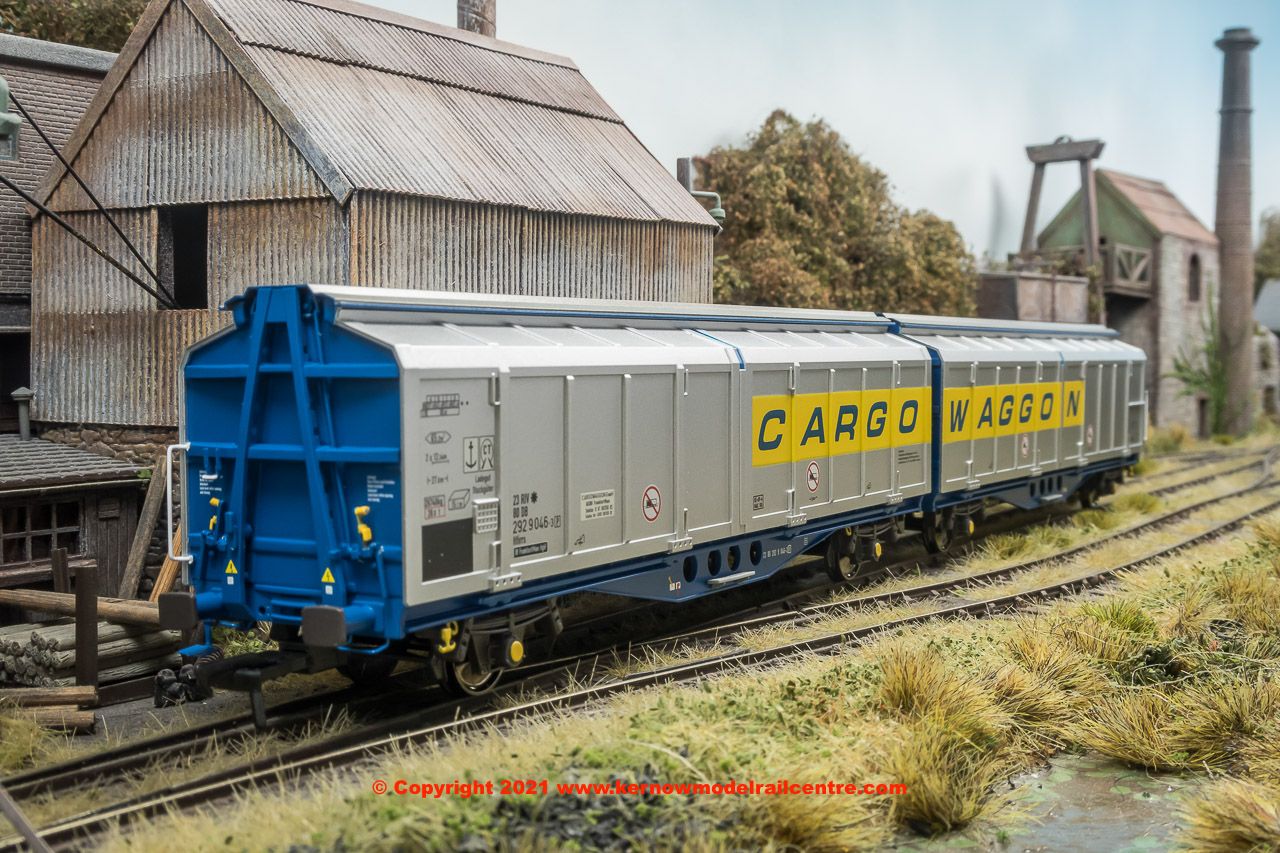 SB008I IZA Cargowaggon Revised livery 2380 2929 046-3 SOLD OUT
SB008I IZA Cargowaggon Revised livery 2380 2929 046-3 SOLD OUT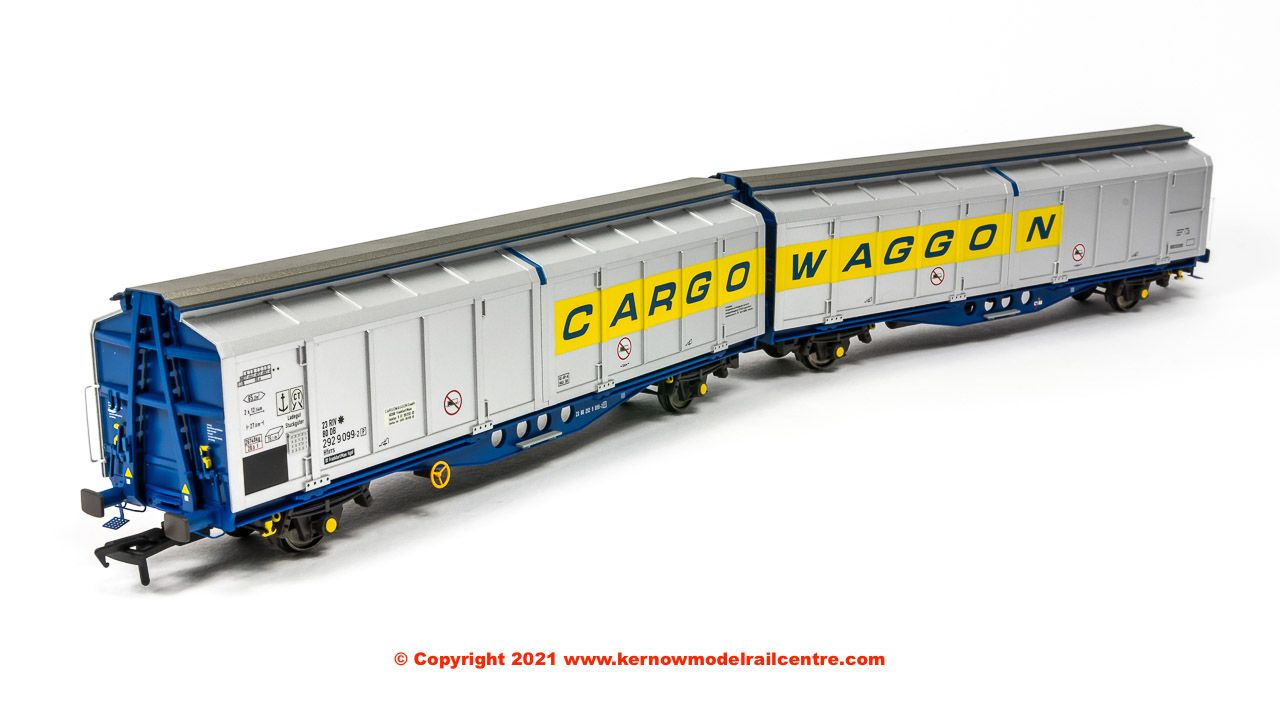 SB008J IZA Cargowaggon Revised livery 2380 2929 099-2 SOLD OUT
SB008J IZA Cargowaggon Revised livery 2380 2929 099-2 SOLD OUT 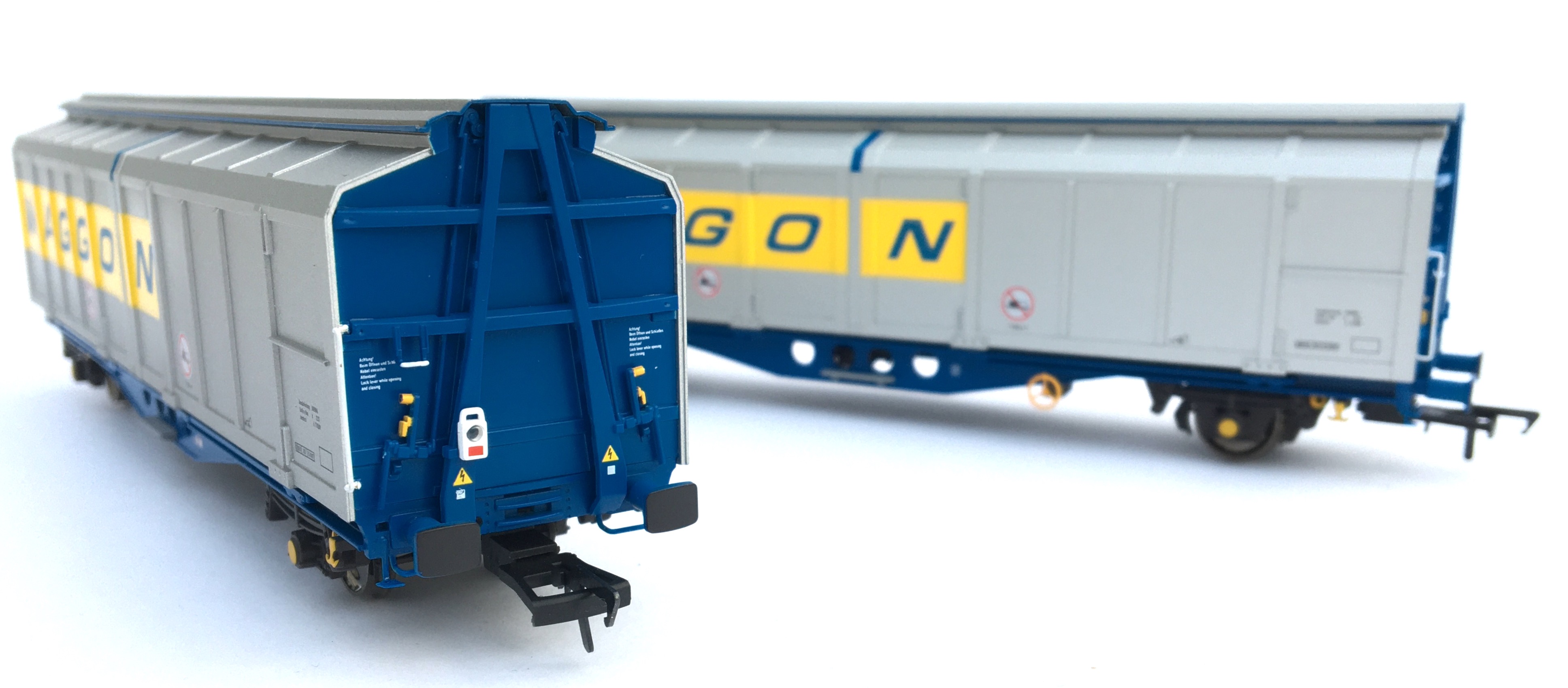 SB008K IZA Cargowaggon Revised livery 2380 2929 072-9 with tail lamp SOLD OUT
SB008K IZA Cargowaggon Revised livery 2380 2929 072-9 with tail lamp SOLD OUTReturn to Page Top
Update - 18th September 2018 - First CADs received

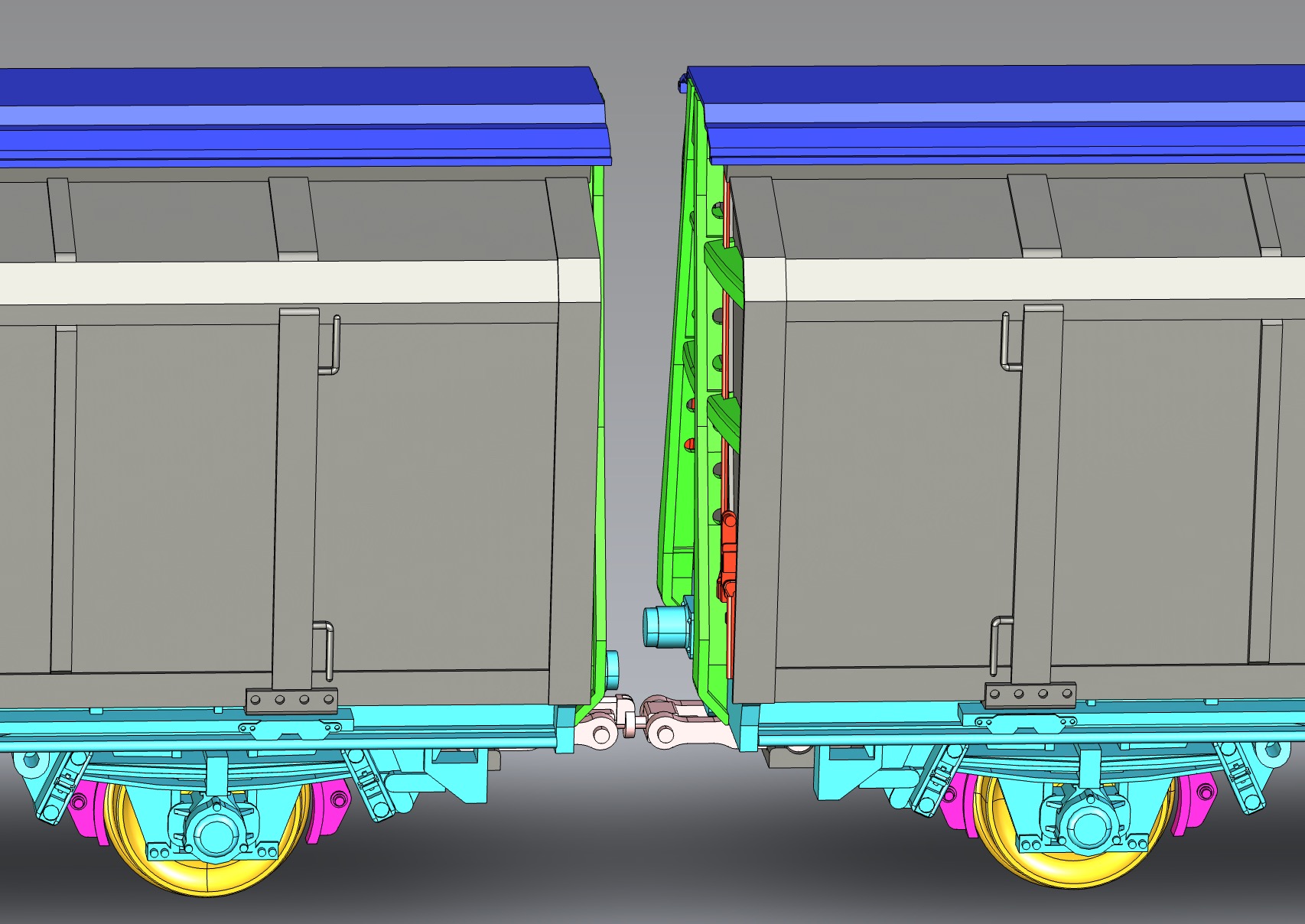
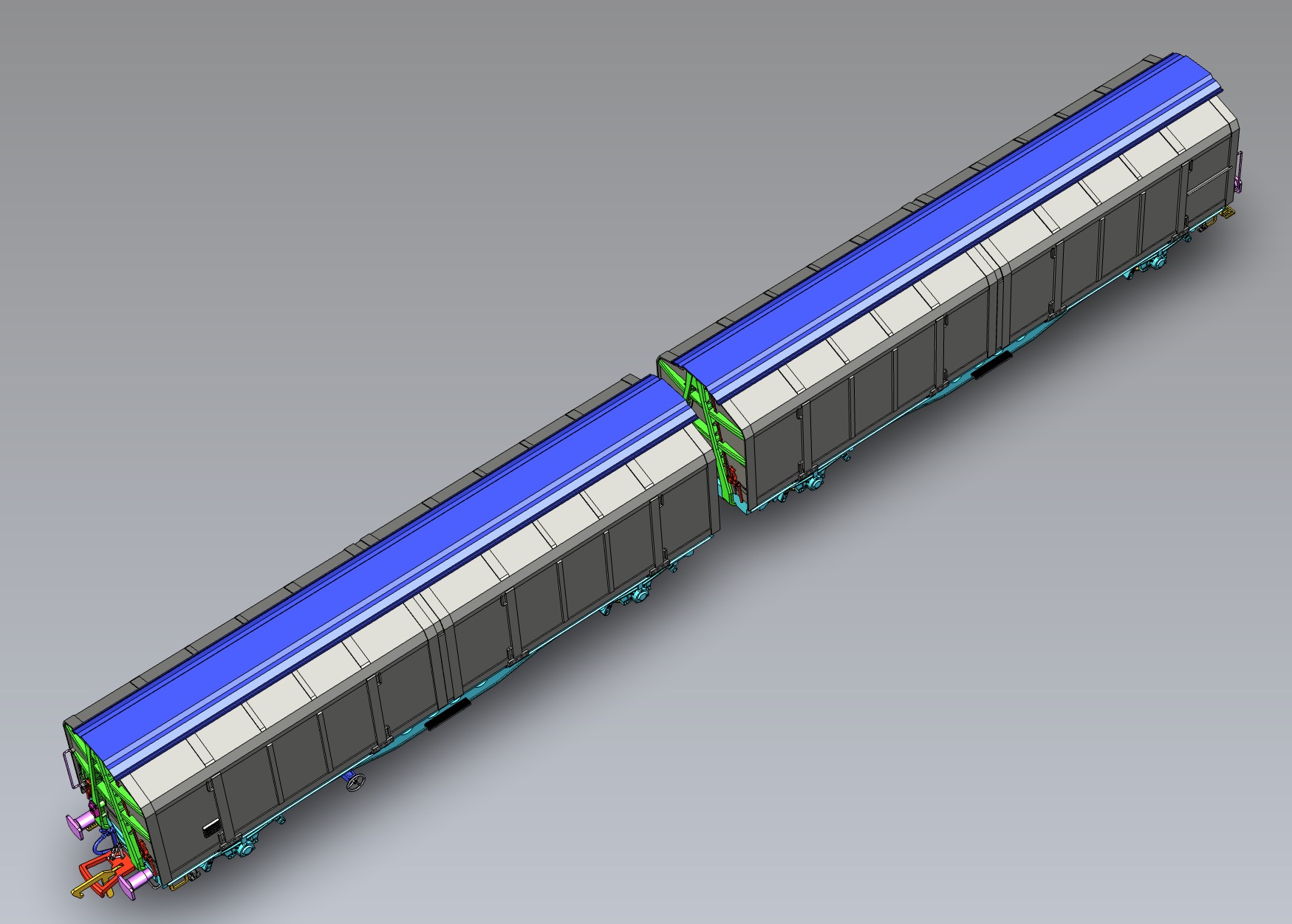
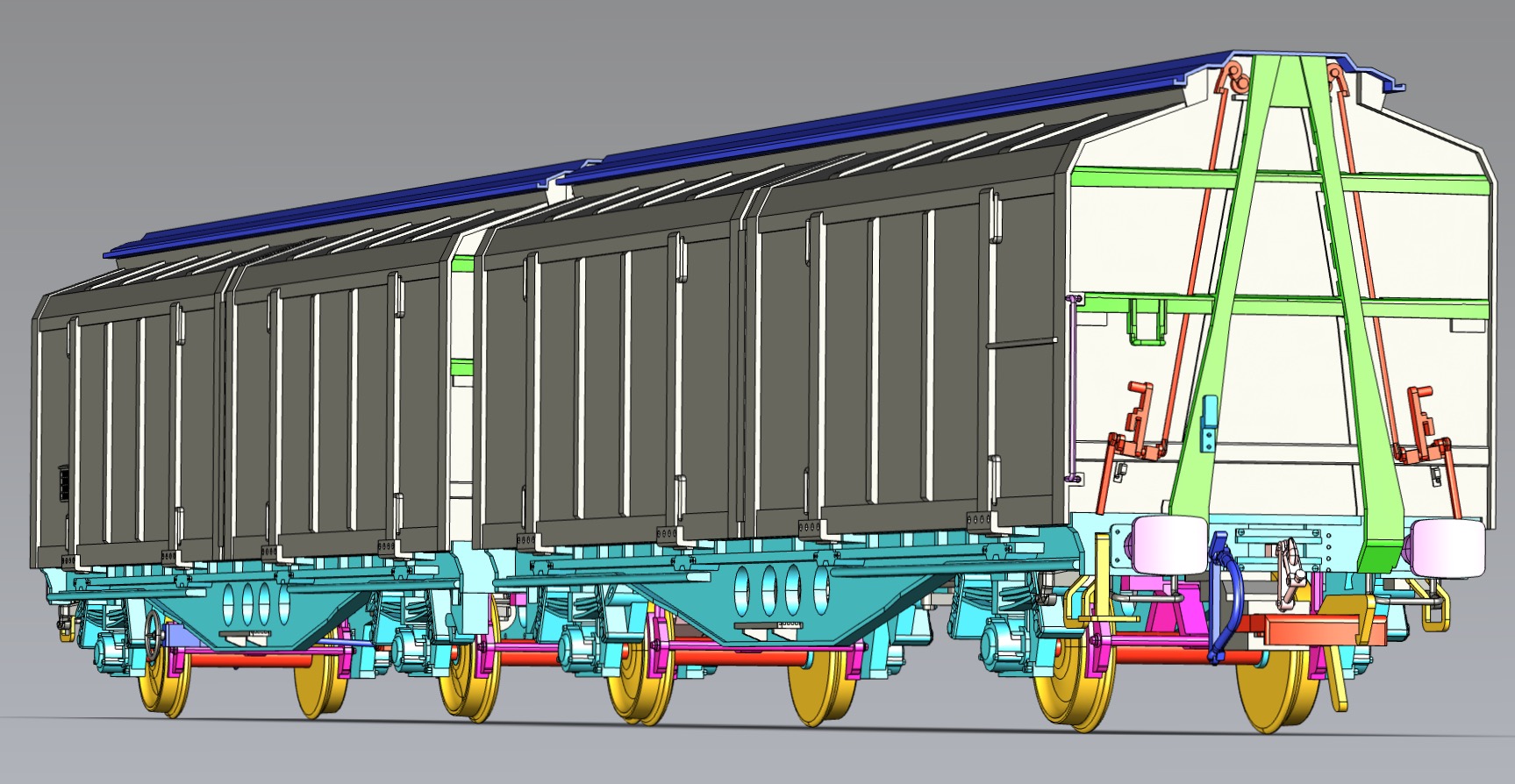
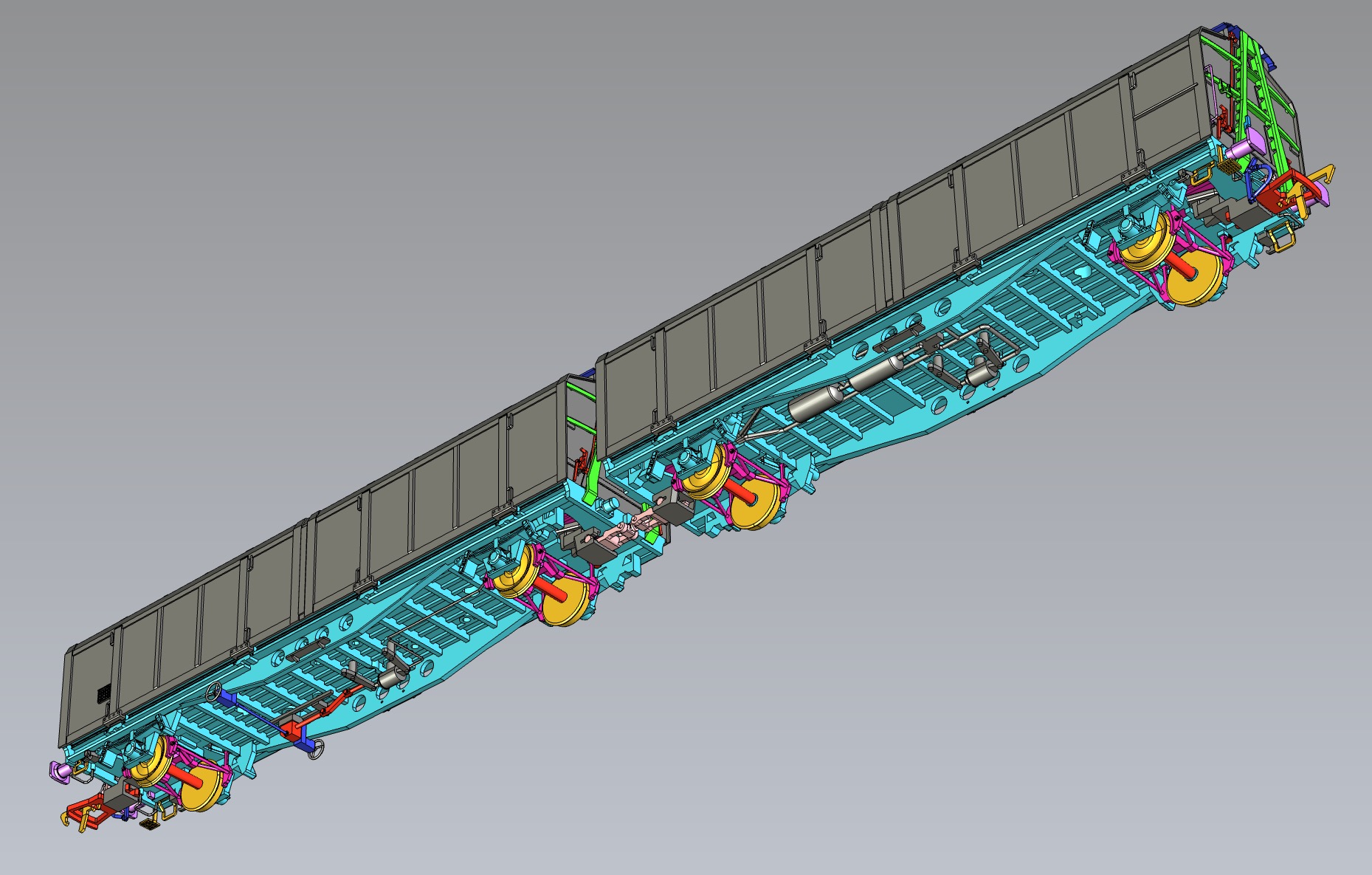

Project Update 3rd December 2019
Painted samples have been arrived
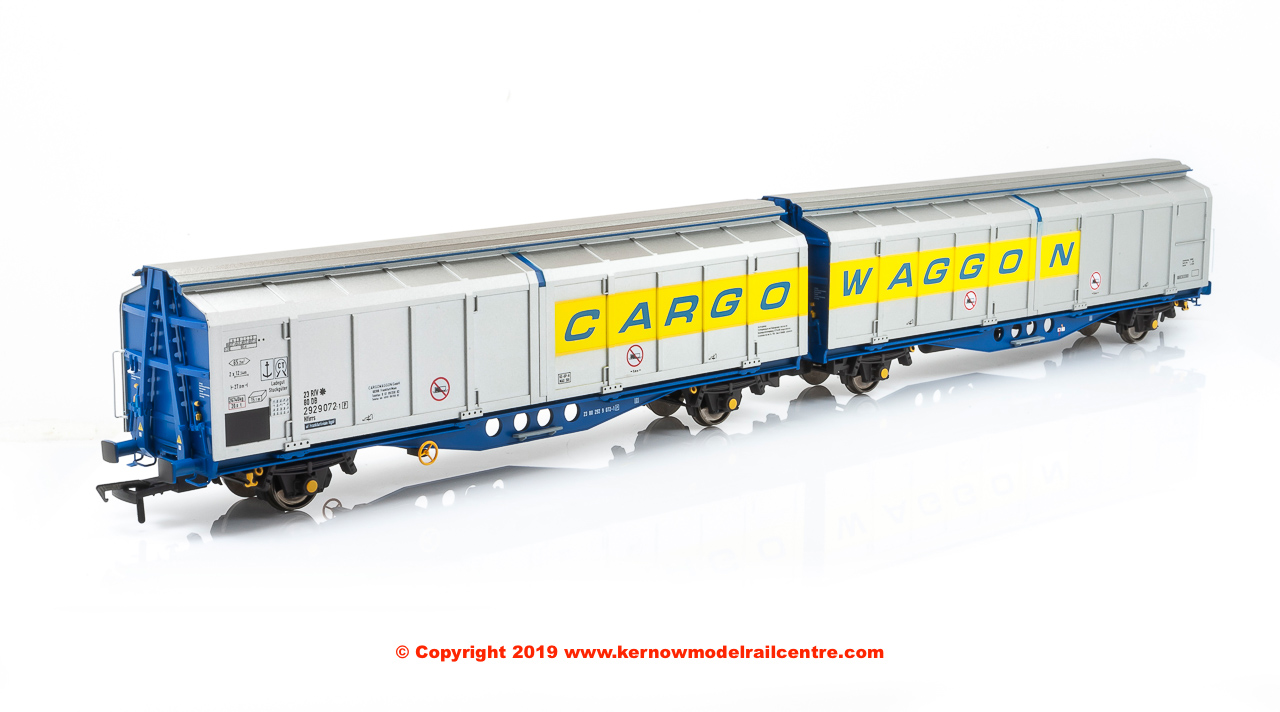
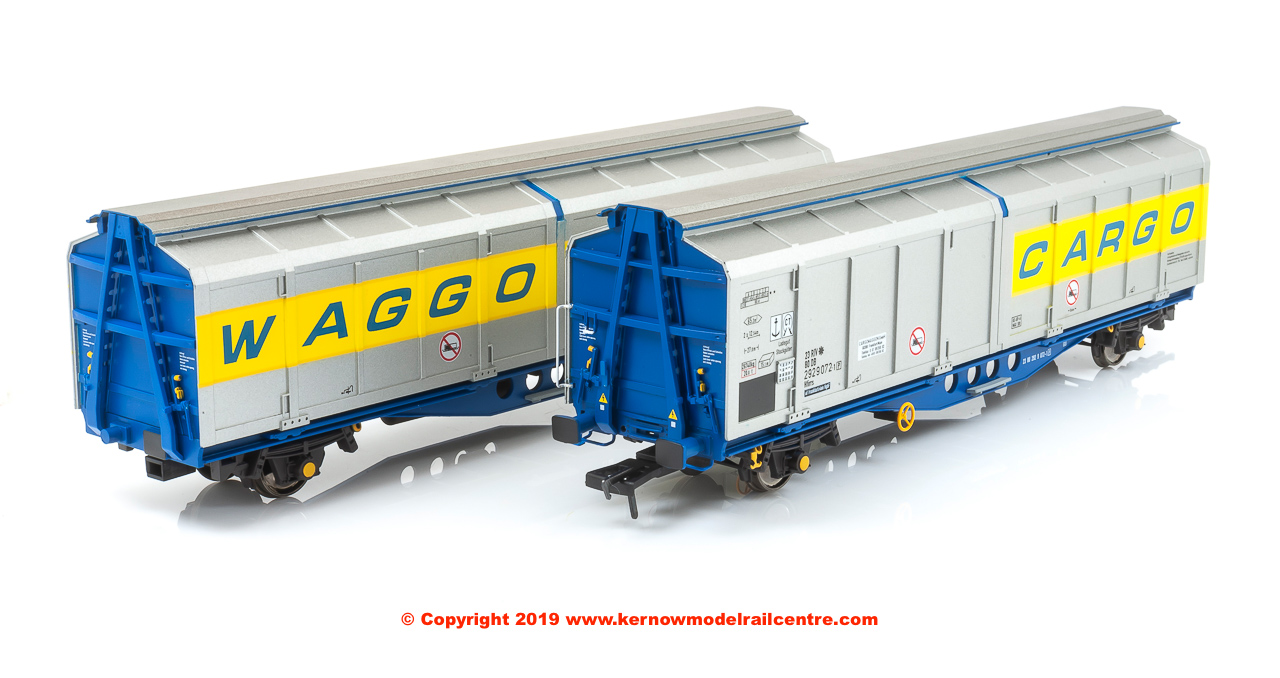

Project Update 16th June 2020
Revolution advise that the models have entered the production process.
Project Update 5th November 2020
Revolution advise that production samples are on the way to us via airfreight. Shipping date for the main batch has yet to be advised.
Project Update 10th November 2020
The production samples have arrived and been approved. Revolution have yet to advise the shipping date for the main batch.
Project Update 14th December 2020
Production has been completed and they are now being shipped to us. They are expected to arrive with us at the end of January 2021.
Further updates will also be given via our newsletter and on this webpage.
Return to Page Top
PRESS RELEASE ARCHIVE
A copy of our initial press release is shown below for information
EMBARGO: 1100 Saturday June 2nd 2018
CONGRATULATIONS – IT’S TWINS FOR KERNOW!!
Kernow Model Rail Centre is teaming up with Revolution Trains to offer the long-lived Cargowaggon “twin” ferryvans in 4mm scale/00 gauge.
This is in response to the large numbers of 4mm enthusiasts requesting this model following development of its N gauge counterpart, and represents the first fully joint venture between Revolution Trains and a major retailer.
As ever the models will feature high levels of detail and a version will be offered with a battery-operated flashing red tail lamp.
Chris Trerise, of Kernow Model Rail Centre, said: “Over the years Kernow has forged a reputation for listening to modellers and offering what they want – from the Beattie Well Tank to the iconic Bulleid diesel. Revolution Trains has been doing something similar in N, so teaming up seemed like a logical step and as these wagons have been much used in Cornwall for transporting both bagged clay and electrical components, they fit in nicely with our existing items.”
Mike Hale of Revolution Trains said: “In some ways it is surprising this wagon has not been offered in 00 before as it has been so widespread in service and lasted so long. We are looking forward to working with Kernow on this and other projects in the future,” he added.
Ben Ando from Revolution Trains said: “These wagons are suitable for the BR Blue period right through sectorisation to the post-privatisation era, and whether in a block train or in ones or twos we believe they will be a great addition to the wagon roster for many Kernow customers.”
The models will feature NEM couplers on kinematic mounts, RP25 profile wheels and high levels of detail including separately fitted brake parts and handrails.
Prototype notes
In the mid 1980s Cargowaggon GmbH of Frankfurt ordered 100 ferry vans from wagon builder Duewag for traffic between Britain and the continent.
To take advantage of grants then available for 4-axle vehicles, but to offer maximum capacity within the restrictive British loading gauge, the wagons were configured as two permanently coupled 4-wheel vehicles, or Twins.
They feature large full height sliding doors, to allow easy access for loading, and are cleared for British, Continental and Channel Tunnel use.
The first 100 were built in 1986, with further builds of 50 each in 1989 and 1991 and nearly the entire fleet remains in service.
Due to their flexibility the wagons have been used to carry mineral water, newsprint, bagged clay or cement, Scotch whisky, cider, petfood and numerous other goods to and from destinations as widespread as Cornwall, the Highlands, North and South Wales and destinations in Southern France and Germany.
They can operate in blocks, or in smaller numbers in mixed “Enterprise” trains.
The wagons were delivered in unpainted aluminium with mid-blue solebars and ends. Most carry the words “Cargo Waggon” across the pair, in blue on a yellow background, though three received “Perrier” branding which they still carry today.
Cargowaggon was later absorbed into GE Rail Services, which has since been acquired by Touax, and the models are being produced with the co-operation of Touax and will be manufactured in China.
Return to Page Top-
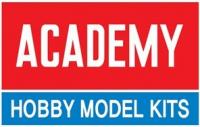
Academy Models
-

Accurascale
-
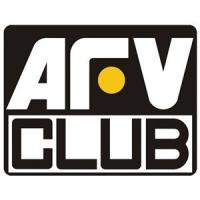
AFV Club
-
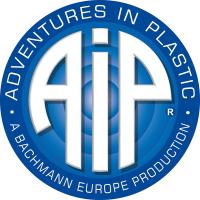
AIP by Bachmann
-
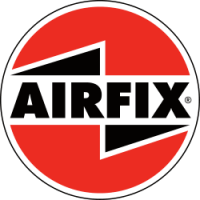
Airfix
-

Arnold
-

ATD Models
-
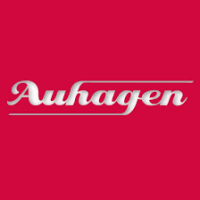
Auhagen
-

Bachmann
-

Bachmann Narrow Gauge
-
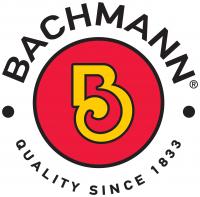
Bachmann USA
-
Barrie Stevenson
-

Bassett-Lowke
-

Berko
-
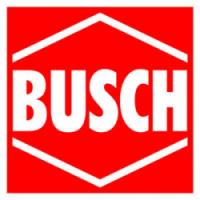
Busch
-

Cambrian
-

Clark Railworks
-

Corgi
-

Cornerstone
-
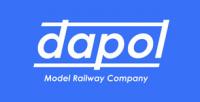
Dapol
-

DCC Concepts
-

Deluxe Materials
-

Dundas
-
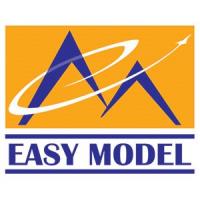
Easy Model
-

Eckon
-

EFE Rail
-

EFE Road
-

Emhar
-
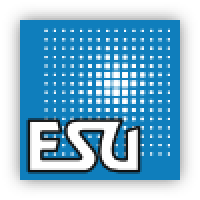
ESU
-
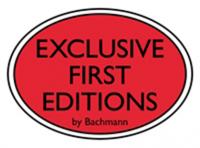
Exclusive First Editions
-

Faller
-

Fleischmann
-
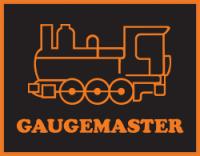
Gaugemaster
-

Gecko Models
-

Golden Valley Hobbies
-

Graham Farish
-

Greenlight Collectibles
-

Heljan
-
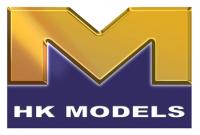
HK Models
-

Hornby
-

Hornby International
-

Hornby TT:120
-

Humbrol
-
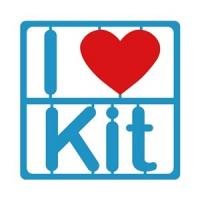
I Love Kit
-

Jouef
-
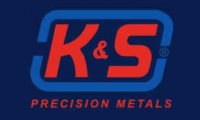
K&S Metals
-
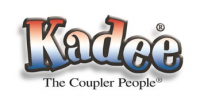
Kadee
-
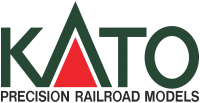
Kato
-
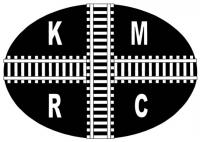
Kernow Models
-
Kestrel
-

Kibri
-

Lenz Digital
-
LightCraft
-
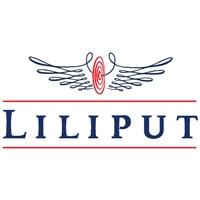
Liliput
-
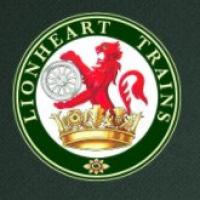
Lionheart Trains
-
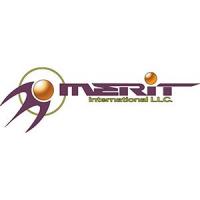
Merit
-

Metcalfe
-

Middleton Press
-
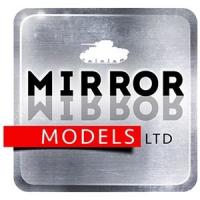
Mirror Models
-
Miscellaneous
-

model scene
-

ModelMaker
-

Murphy Models
-

Noch
-

Oxford Diecast
-
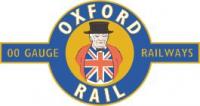
Oxford Rail
-
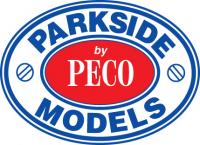
Parkside by Peco
-
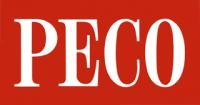
PECO
-

Plastruct
-
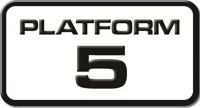
Platform 5
-
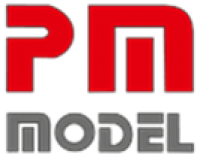
PM Model
-

Preiser
-

Proses
-
RailMatch
-
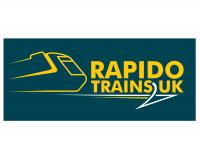
Rapido
-
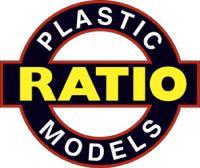
Ratio
-

Revell
-

Revolution Trains
-

Rivarossi
-

Roco
-
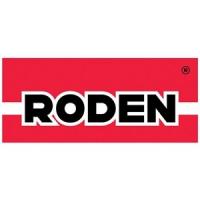
Roden
-

Scale Model Scenery
-

Scalextric
-
Shawplan
-

Slaters
-
Smiths
-

Springside
-
Star Tec
-
Strathwood
-

Superquick
-
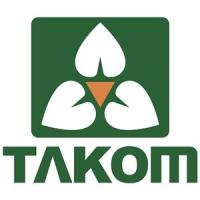
Takom
-
Taliesin
-
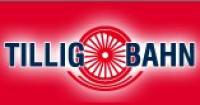
Tillig
-
Tiny Signs
-

Toyway
-
Tracksetta
-

Train-Tech
-

TrainSave
-
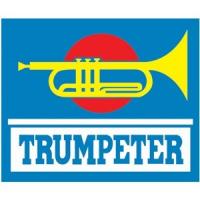
Trumpeter
-

Viessmann
-

Vollmer
-
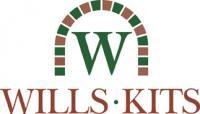
Wills
-

Woodland Scenics
-

Xuron

Connect with us socially

